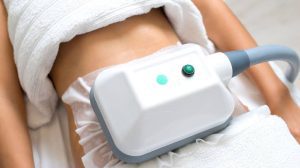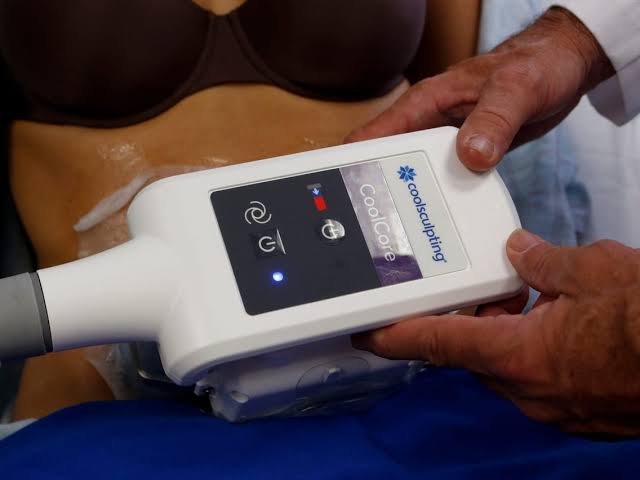Inventors and Origins
CoolSculpting was invented by Dr. Rox Anderson and Dr. Dieter Manstein, dermatologists at Massachusetts General Hospital. The idea for this non-invasive fat reduction treatment came from observing children who developed dimples in their cheeks after eating popsicles. This led to the realization that cold could be used to target and eliminate fat cells without damaging surrounding tissue, forming the basis of Cryolipolysis, the technology behind CoolSculpting.

Dr. Dieter Manstein

Dr. Rox Anderson
The Procedure
CoolSculpting involves applying a cooling device to the skin, which crystallizes and destroys fat cells in the targeted area. These dead fat cells are then naturally processed and eliminated by the body over time. The procedure typically consists of several steps:
1. *Consultation and Planning*: A personalized treatment plan is developed.
2. *Application*: A gel pad and applicator are applied to the targeted area.
3. *Freezing*: Fat cells are frozen and eventually die.
4. *Finalizing*: The treated area is massaged to break down fat cells further and ensure even distribution.

Effectiveness and Marketing Hype
While CoolSculpting is marketed as a revolutionary, non-invasive fat reduction method, its effectiveness and suitability can vary. Here’s a closer look at the hype versus reality:
1. *Effectiveness*: CoolSculpting can reduce fat in the treated area by about 20-25%, but results vary from person to person. It is most effective for small, targeted fat pockets rather than significant weight loss.
2. *Suitability*: The procedure is best suited for individuals near their ideal weight with stubborn fat deposits. It is not recommended for those seeking substantial weight loss or dramatic body transformations.
3. *Side Effects*: Common side effects include redness, swelling, bruising, and numbness. In rare cases, it can cause paradoxical adipose hyperplasia (PAH), where treated fat cells enlarge rather than shrink.

Long-Term Alternatives and Recommendations
For those seeking more significant and lasting results, traditional plastic surgery methods or advanced non-surgical treatments might be better options:
1. Liposuction: This surgical procedure removes larger volumes of fat and provides immediate results. It is more predictable and extensive for body contouring.
2. Abdominoplasty (Tummy Tuck): This procedure removes excess fat and skin while tightening abdominal muscles, offering comprehensive body contouring.
3. Emsculpt and Emtone: These non-surgical treatments use electromagnetic energy and radiofrequency to build muscle, reduce fat, and decrease cellulite. They can be effective alternatives or complements to other fat reduction methods.

Conclusion
CoolSculpting can be an effective treatment for targeted fat reduction, but it is not a one-size-fits-all solution. Understanding its limitations and potential side effects is crucial. For those looking for significant body contouring, traditional surgical options or advanced non-surgical treatments may offer better and more reliable results.
By carefully considering your options and consulting with qualified professionals, you can find the best method to achieve your desired body contouring goals.
Disclaimer: The content on this blog is intended for general informational purposes only. It is not a substitute for professional medical advice, diagnosis, or treatment. Always consult qualified healthcare providers for personalized advice. Information regarding plastic surgery, dental treatment, hair transplant, and other medical procedures is educational and not a guarantee of results. We do not assume liability for actions taken based on blog content. Medical knowledge evolves; verify information and consult professionals. External links do not imply endorsement. By using this blog, you agree to these terms.





